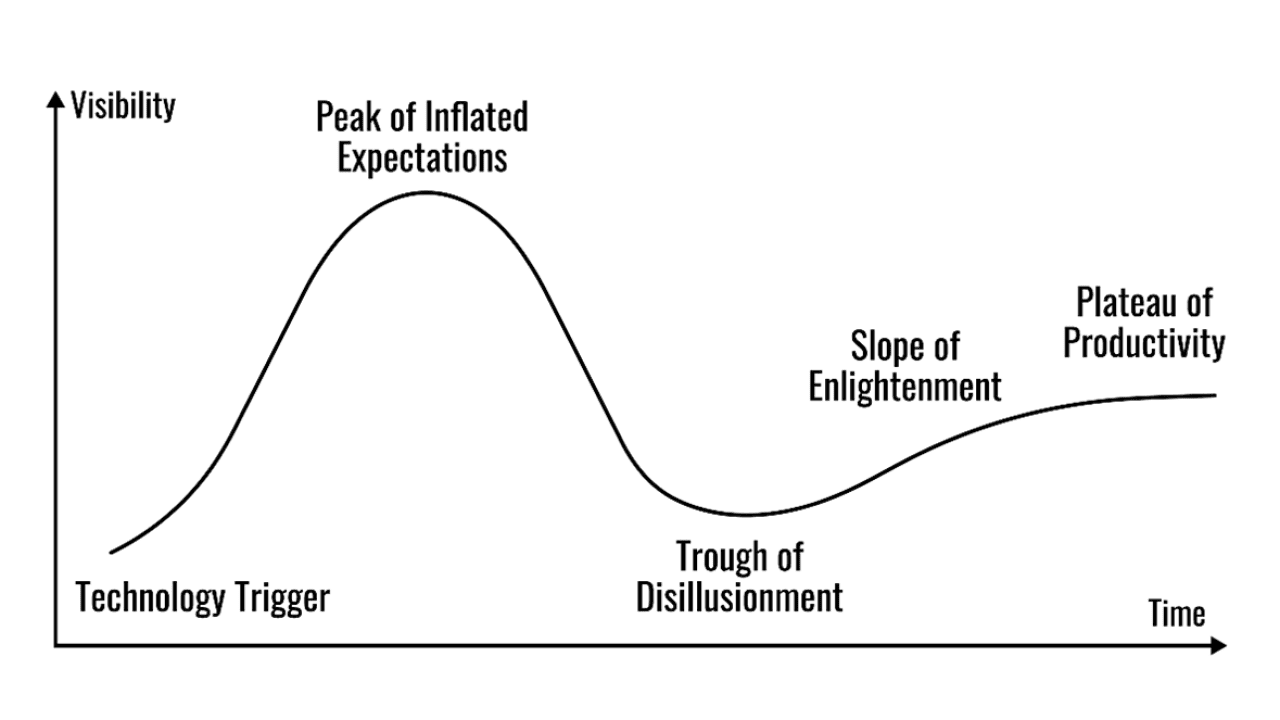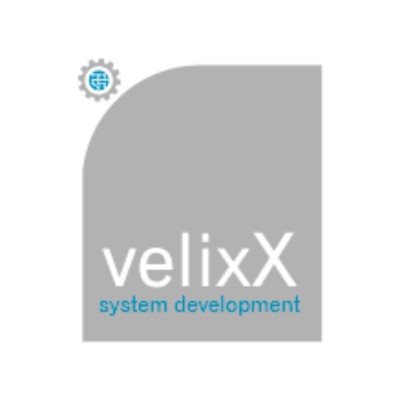Development of a microfluidic cartridge for IVD
Innovation — a transfer from the Science to a Product. A technology finds its way to the market. Microfluidic Consumables are ready for the market right now — the technology is state of the art, cheap and highly efficient.
Microfluidics is one of the newest technologies in the field of healthcare. The first research activities began in the early 80s of the last century; the biggest push in research came in the 90s and the results were very promising, many start-ups appeared and disappeared again, the big players invested huge amounts of money - only the real revolution did not take place.
In the meantime, however, the valley of tears has been overcome and the first microfluidic systems are finding their way into diagnostics.

Although microfluidics is not a panacea, it does have some clear advantages:
- Small sample volume
- Shorter time-to-result
- Smaller analyzers
- Easier to use
- Easier sample logistics
Whenever one or more of these advantages are important for diagnostics, one should consider the use of microfluidic systems (btw. a focus topic of velixX GmbH).
Here is a brief description of how such a system can be developed.
I. Clarification of requirements:
- What are the main advantages and where is the customer benefit?
- Does it make sense to use diagnostics at the point-of-need and how is it optimized?
- Where is the main use case?
- What is the most important benefit of using the new product?
- What are the main requirements?
- Sample quantity
- Time-to-Result
- Performance
- ...
II. Clarify feasibility and specify requirements:
- In many cases, development begins with a more or less detailed feasibility study focusing on the main functions.
- Here, the most important requirements are checked theoretically, mathematically and experimentally, and adapted if necessary.
- The most important conceptual issues are also already defined at this stage.

III. Detailed development:
- The focus in this phase is on coordinating and optimizing the individual microfluidic steps and coordinating the system interface to the reader
- Here, the overall architecture of the cartridge is developed, the functional and temporal sequences of the fluid are optimized and the necessary process steps of the fluidic sequence are coordinated in detail.
- Each step is regularly set up and checked as a partial functional model so that each individual functional stage can be reproduced.
- Today, the use of high-precision 3D printed parts makes it possible to carry out very fast grinding and optimization rounds in order to determine the functional limits as reliably as possible.
- Short and targeted test series (well documented, of course) enable a clear analysis of the optimum functional sequences.
- The resulting overall concept is also typically first tested as 3D printed component(s) and then built as a milled sample in the original material as soon as possible.
- If the functions all behave as expected, a prototype tool for injection molding should then be created as quickly as possible
IV. Evaluation, validation and upscaling
- With the larger number of components now available, the assembly and coating process can be developed and optimized, and initial preclinical evaluations can be carried out.
- Once the assembly has been defined, tested and established, the validation process can be prepared and carried out
- At the same time as validation, the production process can now be developed and set up with series tools, (partially) automated assembly processes and the corresponding qualified testing processes.
We at velixX can support you in all these matters at any time — whether it is just a matter of technological advice or whether we take over the entire development — we always focus on the customer's needs.


